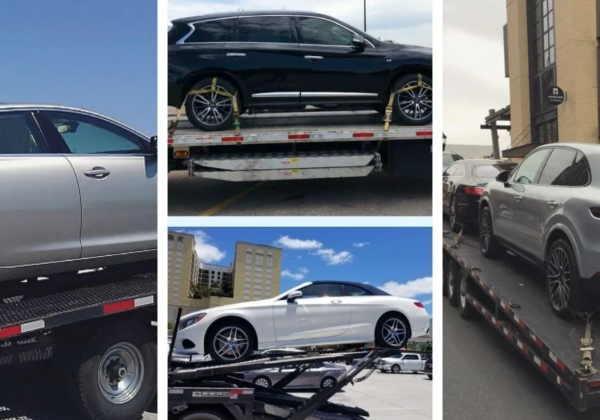CO2 emission standards for trucks
Starting from July 1, 2025, new regulations for trucks regarding the reduction of Carbon Dioxide or CO2 will come into force in order to improve air quality. For trucks and buses below Euro VI standards, the same regulation will come into force from 1 July 2027.
The European Commission has submitted a proposal to reduce air pollution from new vehicles sold in the European Union (EU), including trucks, “to achieve the zero-pollution ambition of the European Green Deal, while keeping vehicles affordable and boosting European competitiveness”.
The aim of proposed regulations is to set emission limits for all motor vehicles, i.e. cars, vans, buses and trucks, and are fuel and technology neutral, setting the same limits regardless of whether the vehicle uses petrol, diesel, electric drive or alternative fuels.
Lowered emission limits for cargo vehicles
The commission said that different possible emission limits were studied to find the right balance between saved emissions and the investment required for new technologies, in a context where the industry is already moving rapidly towards decarbonisation linked to improved air quality”.
For cars and vans the strictest of the existing Euro 6 limits were taken as a starting point and applied to all vehicles. For example, the NOx limit was 60 mg/km for petrol vehicles and 80 mg/km for diesel. According to the Euro 7 standard, this limit will be 60 mg/km regardless of technology
For heavy-duty vehicles and buses the emission limits are set lower than they were in the previous Euro VI heavy-duty standards. “This reflects the untapped potential of existing technologies and the need to further reduce air pollutant emissions from these vehicles, particularly in the freight transport sector, where internal combustion engine vehicles are expected to continue to be sold until 2035 and beyond,” the Commission explained.
WHAT WILL CHANGE IN THE VEHICLE INDUSTRY?
Improved air quality
Road transport has been the biggest source of air pollution in cities, the Commission said the new Euro 7 standards “will ensure greener vehicles on our roads and improved air quality, protecting the health and environment of our citizens”. It says that Euro 7 standards and CO2 emissions standards for vehicles “work hand in hand to ensure air quality for citizens, in particular the increased use of electric vehicles also brings some air quality benefits. Both sets of rules give the automotive supply chain a clear direction to reduce pollutant emissions, including through the use of digital technologies.
The new Euro 7 emission standards proposal aims to eliminate emissions from tailpipes as well as from brakes and tyres, which will help meet the stricter air quality standards proposed by the Commission on 26 October 2022. The Commission stated that these proposed rules on pollutant emissions “come in addition to the rules on CO2 emissions”, making a point that “this proposal takes into account the agreed target of a 100% reduction in CO2 emissions for cars and vans by 2035.” The Commission will review the CO2 standards for trucks and buses in the coming months
The Commission stated that “while CO2 emissions regulations will encourage the adoption of zero-emission vehicles, it is important to ensure that all vehicles on our roads are more environmentally friendly. In 2035, all cars and vans sold in the EU will have zero CO2 emissions. However, in 2050, more than 20% of cars and vans and more than half of the heaviest vehicles on our streets are expected to continue to emit pollutants from their tailpipes. Battery electric vehicles still produce pollution from the brakes and microplastics from the tires.
It says the Euro 7 rules will “reduce all these emissions and make vehicles affordable for consumers”. In 2035, Euro 7 was claimed to reduce total NOx emissions from cars and vans by 35% compared to Euro 6 and by 56% compared to Euro VI from buses and trucks. At the same time, particles from the exhaust of cars and vans will be reduced by 13%, and from buses and trucks – by 39%, while brake particles of passenger cars will be reduced by 27%.








